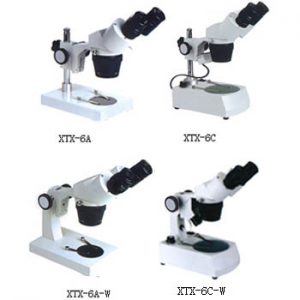The U.S. Centers for Disease Control (CDC) and public health officials in several states have identified a multistate outbreak of Salmonella Typhimurium infections linked to various clinical, commercial, and college and university teaching microbiology laboratories.
 Public health investigators used the PulseNet system to identify illnesses that may be part of this outbreak. PulseNet, coordinated by CDC, is the national subtyping network of public health and food regulatory agency laboratories. PulseNet performs DNA fingerprinting on Salmonella bacteria isolated from ill people by using techniques called pulsed-field gel electrophoresis (PFGE) and whole genome sequencing (WGS). CDC PulseNet manages a national database of these DNA fingerprints to identify possible outbreaks.
Public health investigators used the PulseNet system to identify illnesses that may be part of this outbreak. PulseNet, coordinated by CDC, is the national subtyping network of public health and food regulatory agency laboratories. PulseNet performs DNA fingerprinting on Salmonella bacteria isolated from ill people by using techniques called pulsed-field gel electrophoresis (PFGE) and whole genome sequencing (WGS). CDC PulseNet manages a national database of these DNA fingerprints to identify possible outbreaks.
Twenty-four people infected with the outbreak strain of Salmonella Typhimurium have been reported from 16 states, including California, Colorado, Florida, Georgia, Iowa, Maine, Michigan, Missouri, North Carolina, New Hampshire, New Jersey, New Mexico, New York, Oklahoma, Texas, and Washington. WGS showed that the strain of Salmonella Typhimurium causing illness in this outbreak is closely related genetically to a strain from an outbreak in 2014 and an outbreak in 2011, both of which were linked to microbiology laboratories. As a result of the 2011 outbreak, several laboratory professionals across the country developed a set of guidelines for handling microorganisms safely in a teaching laboratory.
Among people for whom information was available, illnesses started on dates ranging from March 17, 2017 to June 22, 2017. Ill people ranged in age from less than one year to 57 years, with a median age of 24. Seventy-five percent of ill people were female. Among 21 people with available information, six (29%) were hospitalized. No deaths were reported.
In interviews, ill people answered questions about different exposures in the week before they became ill. Nine (69%) of 13 ill people had laboratory exposures. Ill people in this outbreak reported behaviors while working in the laboratory that could increase the risk of Salmonella infection. These included not wearing gloves or lab coats, not washing hands, and using the same writing utensils and notebooks outside of the laboratory.
This outbreak highlights the potential risk of Salmonella infection associated with working in microbiology laboratories.
All students and staff in clinical and teaching microbiology laboratories should receive laboratory safety training. Either nonpathogenic or attenuated bacterial strains should be used when possible, especially in teaching laboratories. This practice will help reduce the risk of students and their family members becoming ill.


.jpg) toxin testing during 2010, suggesting substantial underdetection of non-O157 STEC infections.
toxin testing during 2010, suggesting substantial underdetection of non-O157 STEC infections..jpg)
 The road that leads to the border begins to fill with trucks carrying fruits, vegetables and manufactured goods at 6:30 a.m. By noon there can be a line of trucks up to 7 miles long snaking through the low desert hills waiting to make the crossing (right ,photo from USA Today).
The road that leads to the border begins to fill with trucks carrying fruits, vegetables and manufactured goods at 6:30 a.m. By noon there can be a line of trucks up to 7 miles long snaking through the low desert hills waiting to make the crossing (right ,photo from USA Today)..jpg)